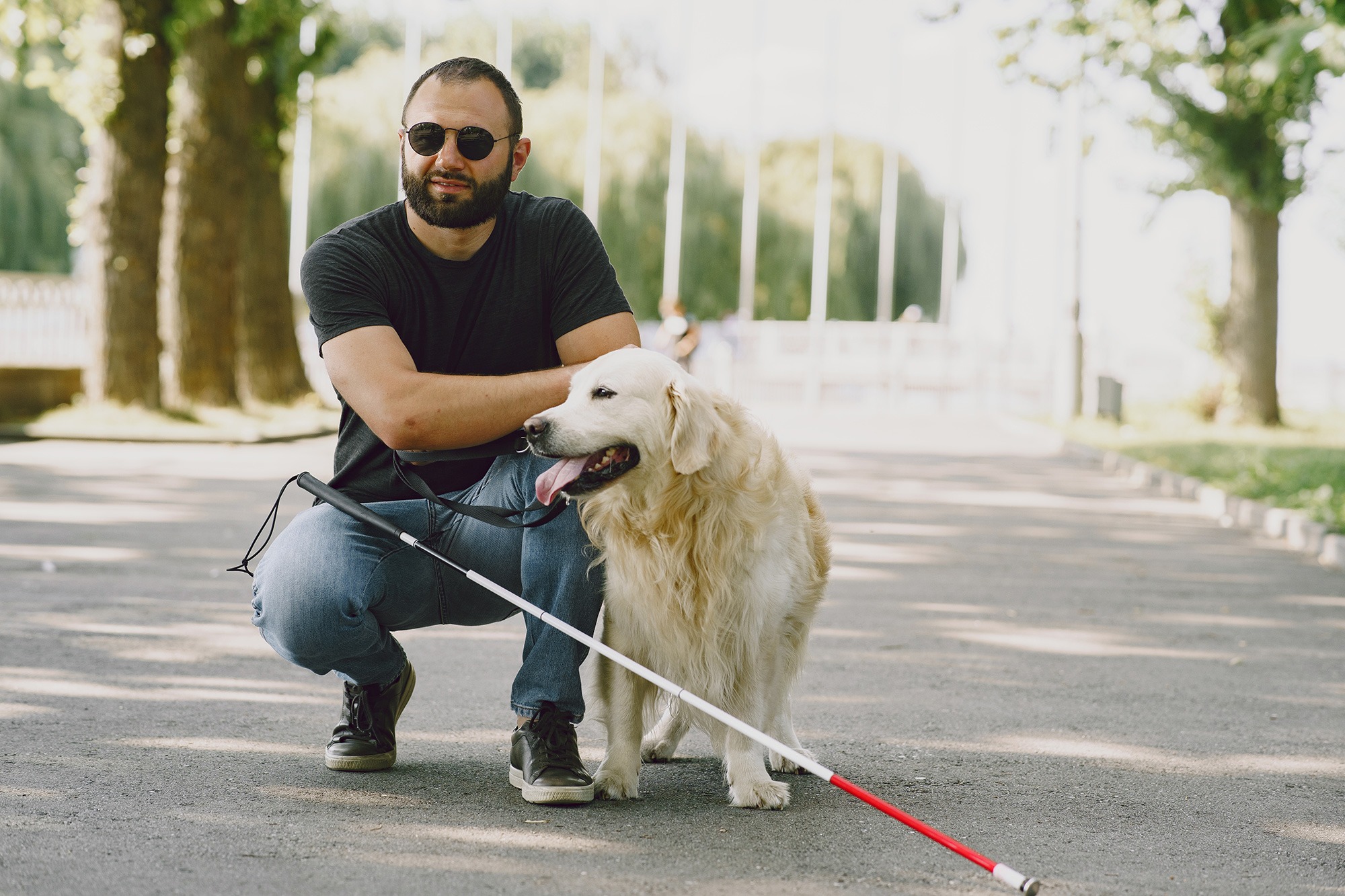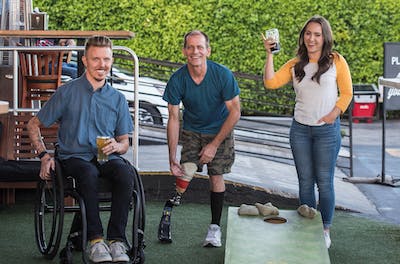6 Tips to Communicate With Visually Disabled People

In our diverse world, effective communication extends beyond verbal dialogue—it encompasses understanding, empathy and inclusivity. For individuals with visual impairments, navigating social interactions can pose unique challenges. However, with the right approach and awareness, anyone can foster meaningful connections with visually impaired individuals. In this article, we’ll explore six practical strategies for enhancing communication and promoting inclusivity.
Be Mindful of Your Environment
Creating an accessible environment is crucial for facilitating smooth communication with visually impaired individuals. Ensure that the surroundings are well-lit and free from obstacles to aid navigation. Additionally, consider the placement of furniture and objects to prevent accidents. By optimizing the physical environment, you demonstrate respect and consideration for the needs of visually impaired individuals.
Introduce Yourself Clearly
When initiating a conversation, introduce yourself clearly and provide context to establish rapport. Speak in a calm and confident tone, and if appropriate, offer a handshake to signify your presence. For individuals with visual impairments, verbal cues are essential for understanding social dynamics and building trust. By offering clear introductions, you set the stage for effective communication and create a welcoming atmosphere.
Use Descriptive Language
In verbal exchanges, use descriptive language to convey information effectively. Paint vivid pictures with your words, providing detailed descriptions of people, objects, and surroundings. For example, instead of simply stating, “The book is on the table,” you could say, “The book with a blue cover is resting on the wooden table next to the window.” By incorporating descriptive language, you enable visually impaired individuals to form mental images and participate fully in the conversation.
Respect Personal Space and Boundaries
Respect personal space and boundaries when interacting with visually impaired individuals. Avoid sudden movements or gestures that may startle or confuse them. If you need to guide them, offer your arm and allow them to grasp it securely. Communicate clearly about your actions and ask for consent before providing assistance. By respecting personal space, you foster a sense of autonomy and dignity in your interactions.
Listen Actively and Validate Feelings
Active listening is a cornerstone of effective communication, especially when engaging with visually impaired individuals. Practice attentive listening by maintaining eye contact and providing verbal cues to signal your engagement. Validate their feelings and experiences by acknowledging their perspectives with empathy and understanding. By demonstrating genuine interest and empathy, you create a supportive environment where open dialogue can flourish.
Also Read – Employment Opportunities for Disabilities in India
Offer Assistance Respectfully
When offering assistance, do so respectfully and sensitively. Ask if they require help before intervening, and respect their autonomy if they decline. If assistance is accepted, provide clear and concise instructions, using verbal cues to guide them safely. Avoid making assumptions about their abilities and always prioritize their preferences and independence. By offering assistance respectfully, you empower visually impaired individuals to navigate their surroundings with confidence and dignity.
In conclusion, effective communication with visually impaired individuals requires mindfulness, empathy, and adaptability. By implementing these six practical strategies, you can create inclusive environments where everyone feels valued and respected. Remember, communication is not just about words—it’s about fostering connections and understanding. Let’s embrace diversity and promote inclusivity through our actions and words.
Through these strategies, we can bridge the gap and create a more inclusive society where everyone feels valued and respected. Let’s commit to practicing empathy, understanding, and inclusivity in our interactions with visually impaired individuals, fostering a community where everyone can thrive.






